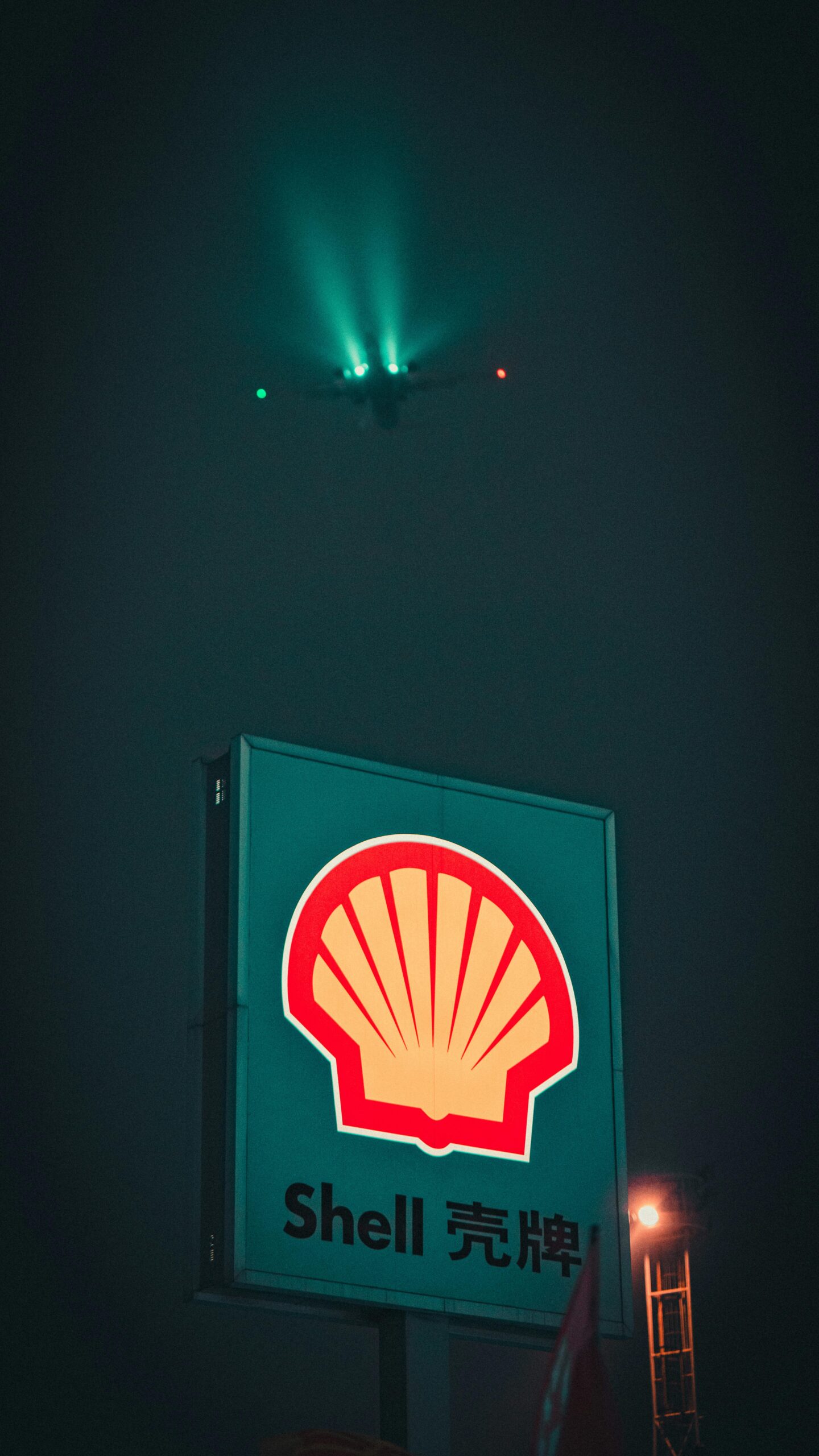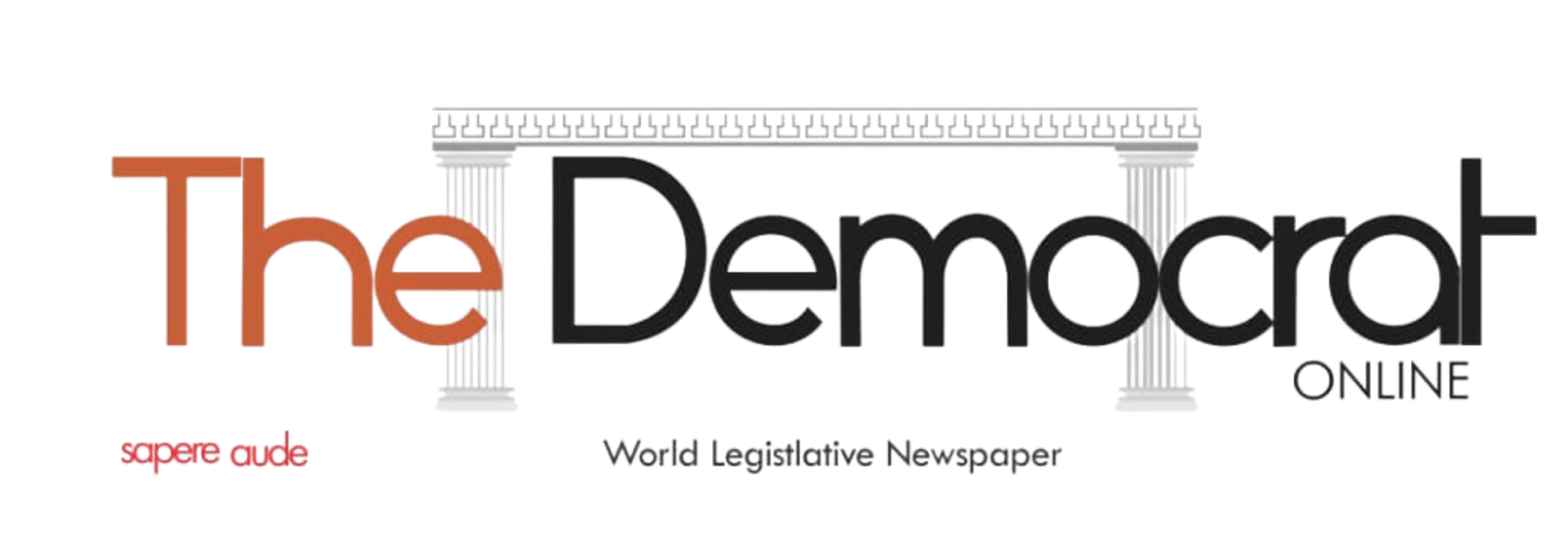
Shell aims to increase LNG sales by 4-5% annually through 2030. CEO Wael Sawan stated the company seeks to be the leading integrated gas and LNG business while maintaining significant liquid production.Shell also plans to grow upstream and integrated gas production by 1% per year and sustain 1.4 million barrels per day of liquid production with lower carbon intensity.
In 2024, Shell sold 65.8 million metric tons of LNG and recorded 29.1 million in liquefaction volumes, with Australia leading at 14.4 million.Its integrated gas segment earned $11.39 billion, with $20.98 billion in EBITDA. Shell has stakes in 15 liquefaction plants across four continents and is building four more in Canada, Nigeria, and Qatar.
In 2024, Shell expanded its LNG portfolio with key deals:June: Agreed to acquire Pavilion Energy (6.5 MMtpa LNG supply).
July: Approved Manatee gas field development (Trinidad & Tobago) and took a 10% stake in ADNOC’s Ruwais LNG (9.6 MMtpa, deliveries from 2028).
August: Arrow Energy sanctioned phase 2 of Surat gas for Queensland Curtis LNG (Australia).
Shell forecasts LNG demand could reach 630-718 MMtpa by 2040, with over 170 MMtpa of new supply expected by 2030, though project start-up timings remain uncertain.Asia drives demand, led by China’s gas expansion and India’s infrastructure growth. Other factors include emission reduction in heavy industry and transport, AI sector needs, and rising LNG-fueled ship orders, which could push maritime demand over 16 MMtpa by 2030, 60% higher than earlier estimates.
Shell sees LNG as key for Europe’s energy balance into the 2030s, supporting renewables and preventing shortages. SVP Tom Summers noted rising gas demand for power, industry, and decarbonization.Shell will raise shareholder distributions to 40-50% of CFFO, prioritizing buybacks while maintaining 4% annual dividend growth. It targets 10% yearly free cash flow growth through 2030 and increased cost cuts to $5-7B by 2028.



